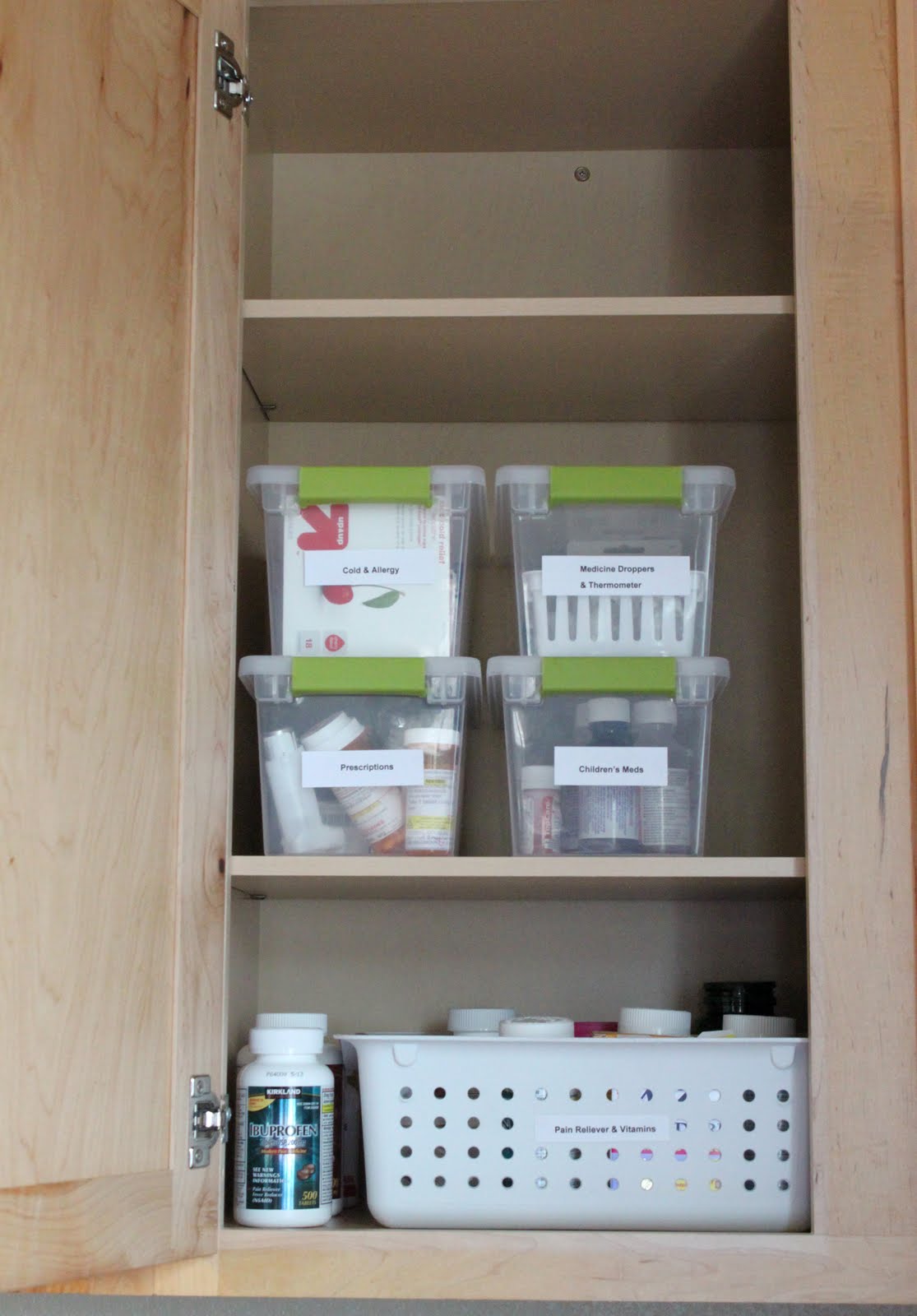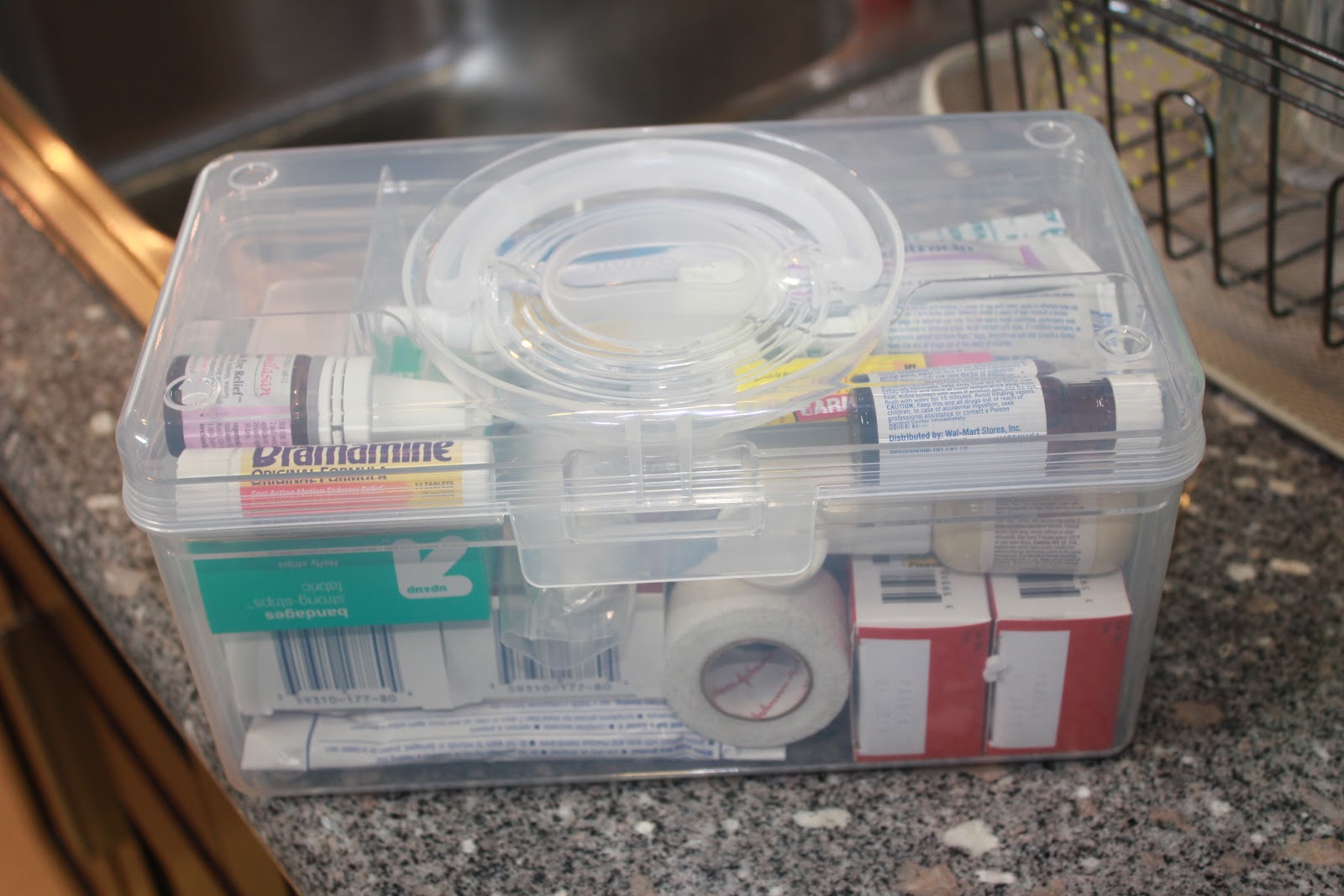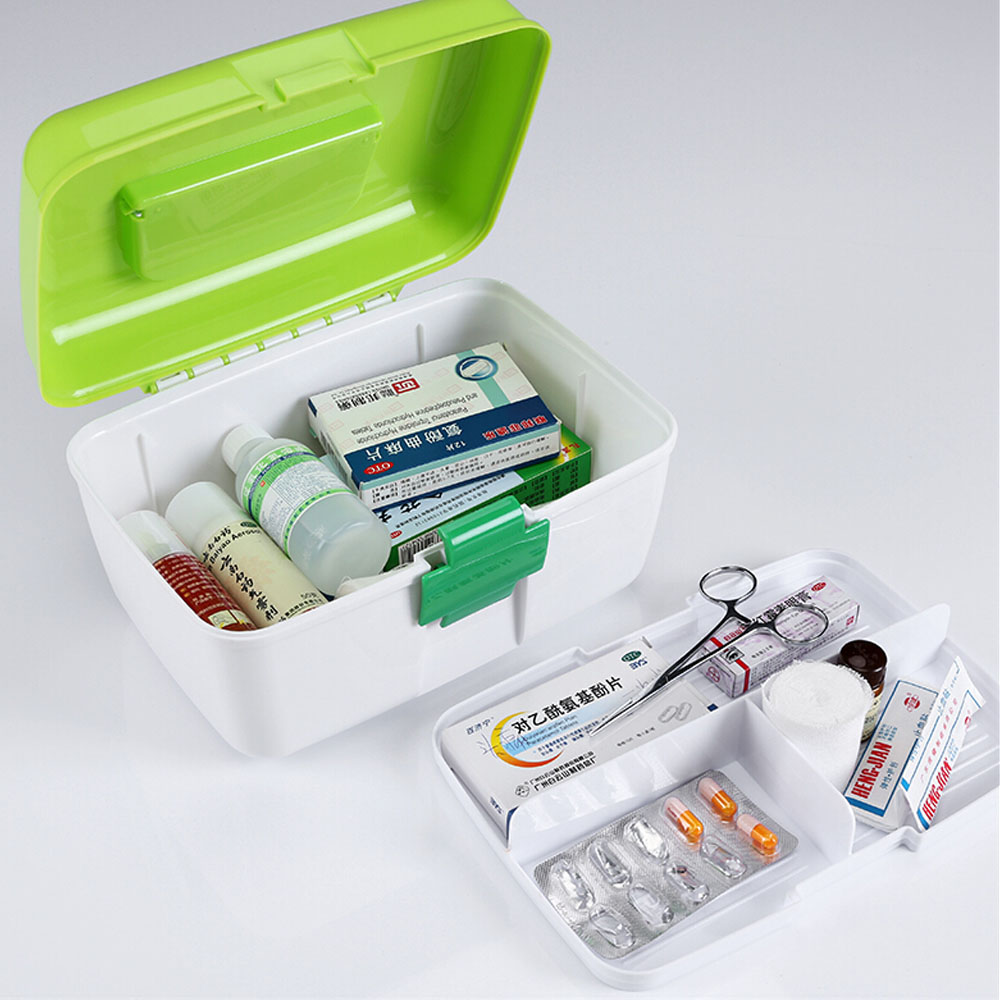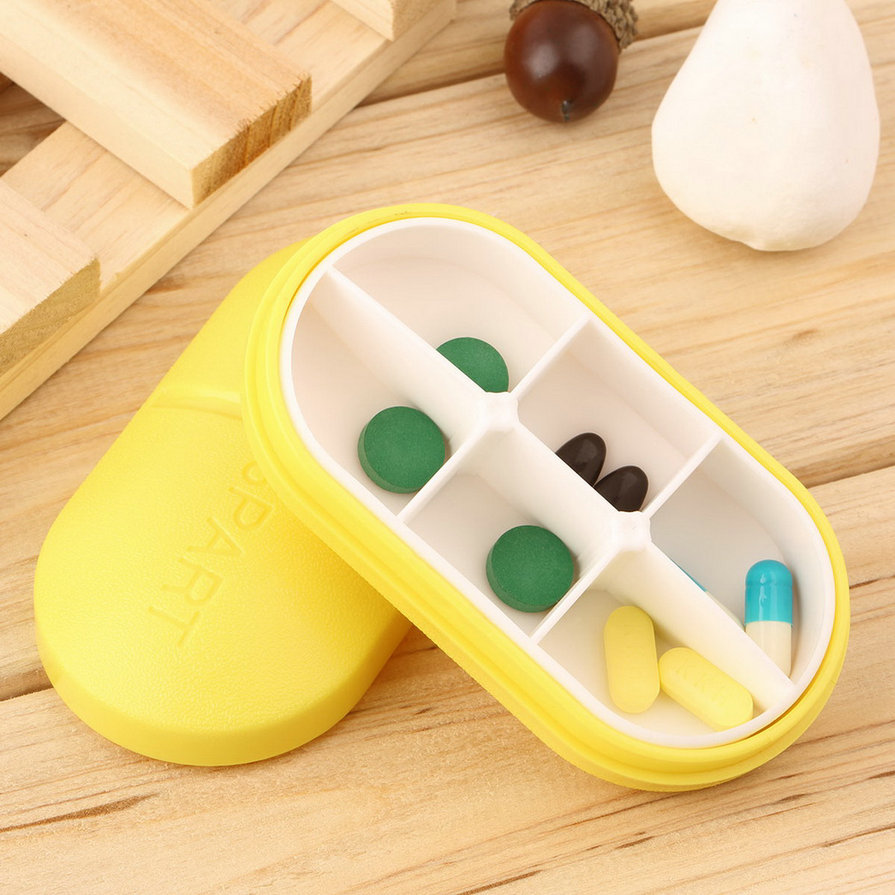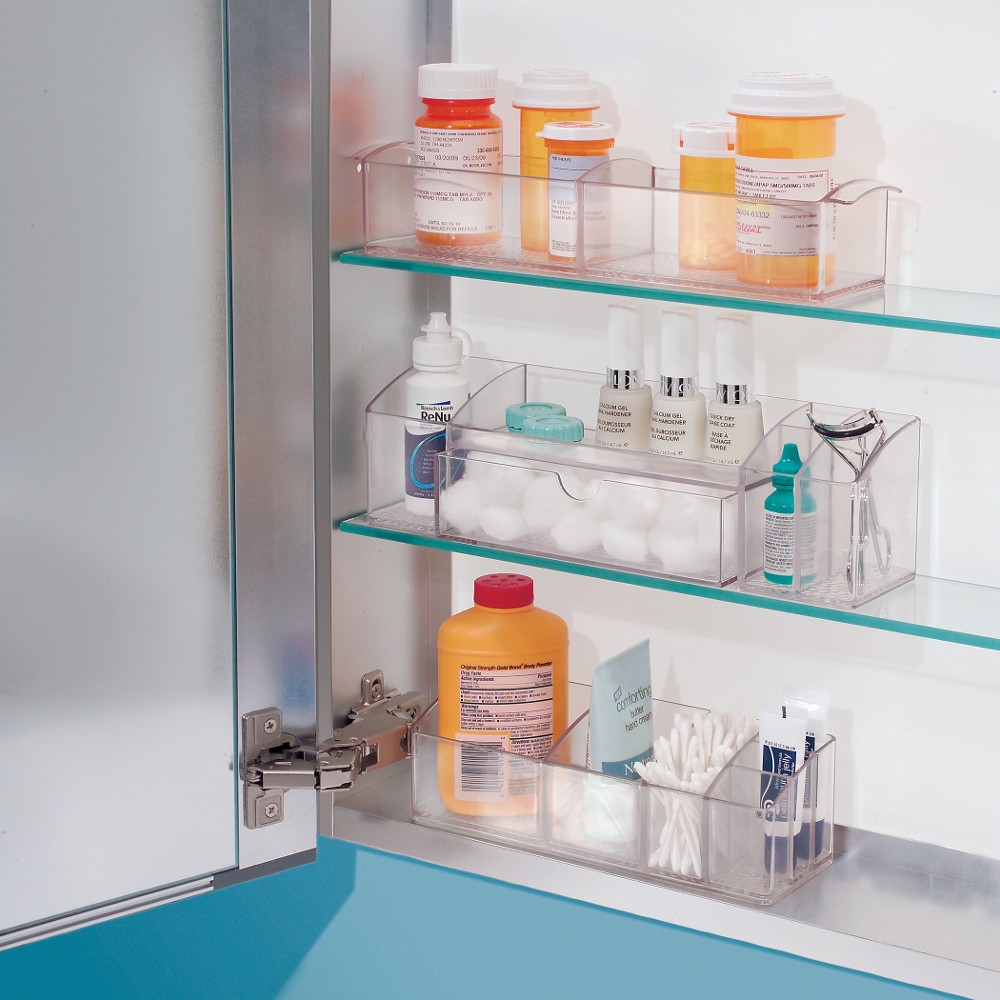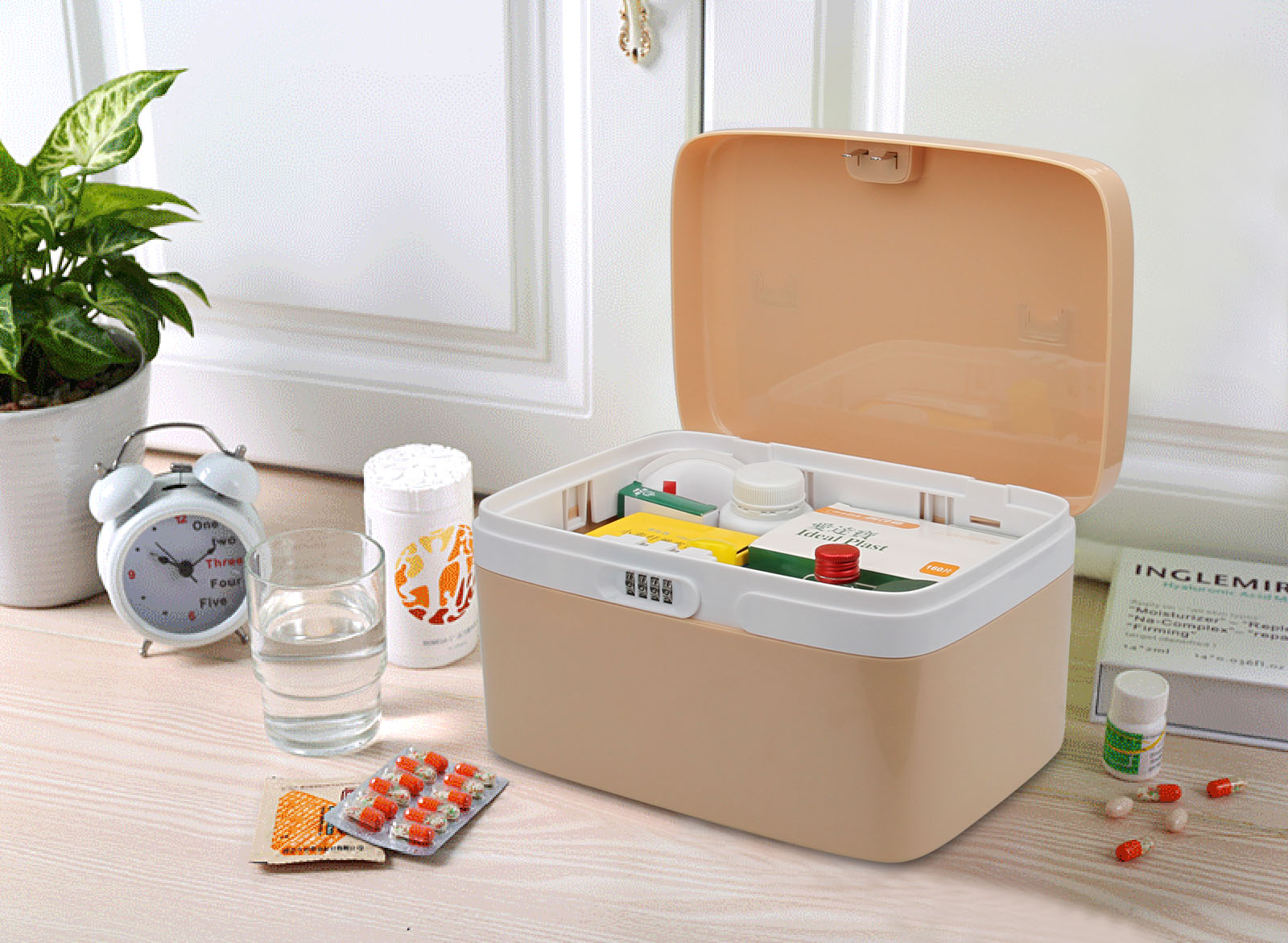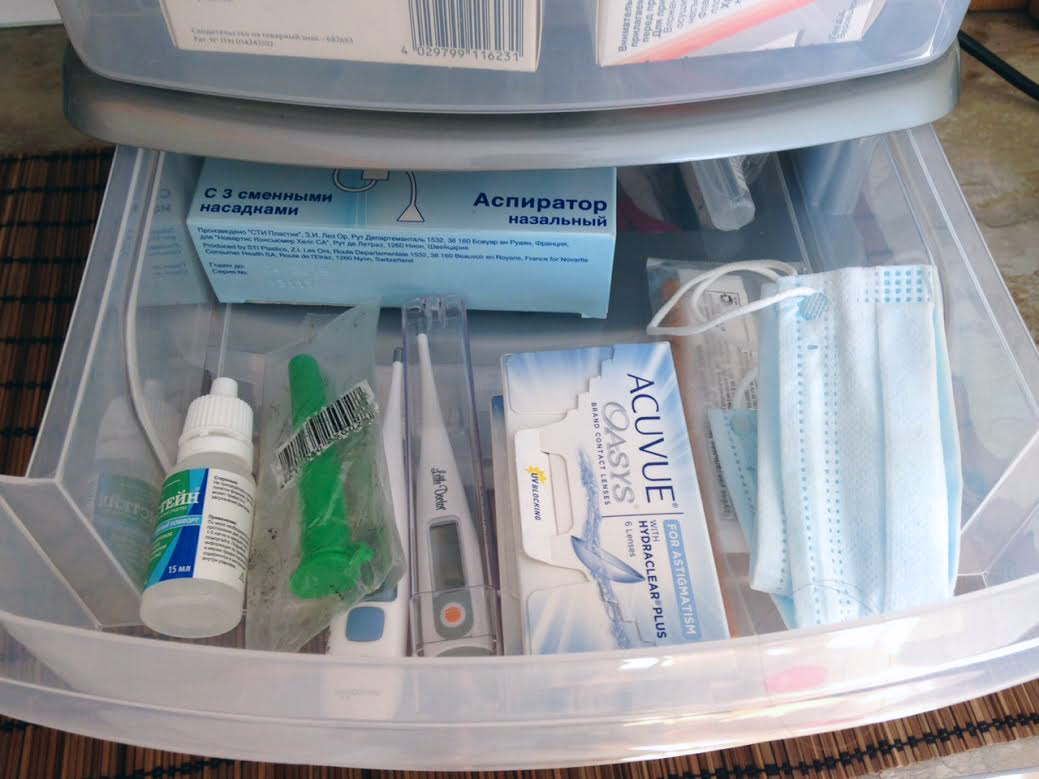Storage of medicines: ambulance at hand
Content
Almost every city has a pharmacy working around the clock. However, abandoning a small home "warehouse" is difficult. Most often, it consists of drugs for chronic diseases and ambulances. Be sure to have antipyretic and painkillers. As a rule, drugs that were prescribed by a doctor and remained unused are also not discarded.
When creating a first-aid kit, you must remember that all medicines must be contained in certain conditions specified in the instructions for the drugs. And if the requirements are not met, then the effectiveness of tablets, ointments, tinctures, no one can guarantee. It is possible that the drug, which was not stored under the right conditions, can be harmful, so it is important to create suitable conditions for storing medicines.
Basic principles of storage
When choosing a drug storage location, it is important to understand what conditions will help to properly contain the medicine.
Temperature
Previously, specific temperature parameters for storing the medicine were not indicated. “Keep in a cool place” is a very vague wording that existed before for almost all medicines. Today, manufacturers recommend more specific temperature conditions for storing drugs. The requirement to preserve at 3-8 ° C (normal refrigerator compartment mode) means that the medicine must be put in the refrigerator for about a day after purchase. Otherwise, the therapeutic effect of the drug will be reduced and the period of treatment of the disease may increase. Most of all this refers to hormonal drugs, antibiotics, vaccines or serums.
Medicines with a specific saving temperature are put on different shelves of the refrigerator: “candles” - closer to the freezer, plasters or ointments - on the middle shelves. Of course, the bulk of the medicine should be stored at room temperature 18-20 ° C. And sudden changes in temperature (freezing or sunshine) can change the properties, which will make it impossible to use the drug.
Protection against damp and bright lighting
Most often, drug manufacturers prudently produce drugs in dark packaging. However, it will not be superfluous to provide additional protection if necessary, therefore it is very rational to allocate a special shelf for medications in the cabinet.
A great idea is a medicine storage case. In this case, it is convenient to take out the box and take out the necessary drugs in the light or sort through the remaining drugs.
Very suitable option - drawers. Their main advantages are protection from light, ease of use.
The protection of medicines from moisture is also of great importance, because some drugs are available in paper packaging, which can be damaged by high humidity. Excessive moisture can cause harm to dressings: plasters, bandages (very hygroscopic material).
The consequences of non-compliance with the storage regimen are the loss of useful properties by medicines. It is better to allocate a clean and cool place for medicines (the bathroom and kitchen are categorically not suitable for storing drugs).
Air access: benefit or harm
Almost all medicines are sold in sealed containers, which all customers are used to. And the question of the need to comply with this rule of storage of drugs in everyday life is not considered important.
Meanwhile, there are a number of drugs for which the requirement to restrict air access is very important. As soon as the package is opened, a natural oxidation reaction is triggered (from the access of oxygen). And after some time, the drug loses its useful properties (in exceptional cases - it becomes dangerous). Such medicines must be carefully considered and the best option is to fix the time of opening the package.
There are also medicines that evaporate outdoors. They are stored in tightly closed containers - special jars or ampoules.
Shelf life of medicines
A very urgent issue, to which many are not serious. But in vain. Shelf life is indicated on the packaging and it is individual for various medicines. There are medicines that can be stored for several years, but must be used within two weeks after opening. Or there are drugs that you can not close. All these details must be clarified before putting the drug in the medicine cabinet. And if a short period of use of the medicine after opening is indicated, then the exact date of start of use should be written on the packaging.
How much can you trust the conventional wisdom about the "spare" shelf life? Like, these are the tricks of pharmacists (specifically indicate a short shelf life) to increase sales. There is no definite answer. Since the recorded storage period provides for compliance with storage conditions. And the failure to provide the necessary storage parameters, indeed, will lead to a reduction in the period of use. Most of all, this question relates to the preservation of liquid forms of drugs. And if the mixture is cloudy or strange flakes / sediment appear, then the medicine should not be used.
No one guarantees the preservation of the healing properties of expired drugs. Before throwing out expired medicine, it is advisable to release it from the packaging. All tablets are removed from the blisters, and labels come off on the jars. Then everything is tightly wrapped in paper or other packaging, so that children and animals could not accidentally get it and swallow it.
Rules for storing medicines in a medicine cabinet
It is compliance with certain requirements that will help you quickly find the right medicine and take it correctly:
- All preparations are stored in the original packaging with instructions. Before taking medications, it is advisable to revise the instructions in order to check the correctness of the use of medications and the peculiarity of interaction with other medicines;
- the contents of the box are regularly checked. Expired medicines are thrown away;
- preparations should be kept closed. Categorically exclude the option of rash or mixing tablets. Incomprehensible pill should not be taken. It is impossible to pour drugs into other containers / bottles, since you can make a mistake with the period of use of the drugs;
- it is undesirable to cut blisters with tablets. Since you can not save the name of the medicine and not know about the shelf life;
- the cabinet for storage of the first-aid kit should be in a convenient accessible place, but not in sight. Since if the family has children, animals, then it is necessary to exclude for them easy access to medicines. As an option, the medicine storage box can be locked with a key.
Interesting ideas for organizing drug storage
A correct and orderly system of drugs arrangement will facilitate the search for the necessary drugs and turn the pharmacy into a real assistant, and will not make it a source of irritation.
- Prescriptions from doctors should be put in a separate bag, not discarded. So the medicine instructions can be found on the Internet, and it is impossible to restore / remember the prescription.
- It is advisable to store medications in bottles, tablets, ointments separately from each other. Moreover, for bottles / jars, rectangular / square boxes without rounding are best suited (the jars will stand upright and will not fall). A convenient option is small plastic baskets.
- Boxes for storing drugs are best purchased with separate compartments. This will help to order drugs by type, as well as by regularity of use. If there are no special dividers, then it’s a great idea to insert separate small and small boxes into the big box. In such cases, it is advisable to use containers made of transparent plastic (it will greatly facilitate the search for the right medication).
- You can also stick stickers with the inscription content. Moreover, the most commonly used medications are better placed closer.
- It is advisable to form an first aid kit and store it separately from the rest of the boxes, boxes. Each draws up an urgent list on their own, but some common medicines must be there (the same notorious greenback, cotton wool, heart pills, pain medication).
- For travel, a separate first-aid kit organizer is going. If trips happen often, then you need to select a permanent suitable handbag / box and equip it with the necessary medications.
- You should not buy drugs in reserve, since now almost everywhere there are round-the-clock pharmacies.
- Blisters with the same tablets can be pulled with an elastic band. And it’s more convenient to put them in the boxes with the name up - so search faster.
Arranging proper storage of drugs is easy. The process of creating a first-aid kit cannot be called an exciting event, but to deny that this is a necessary thing in every apartment is unreasonable.

